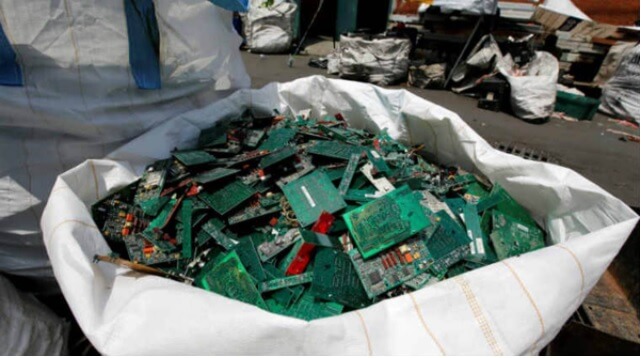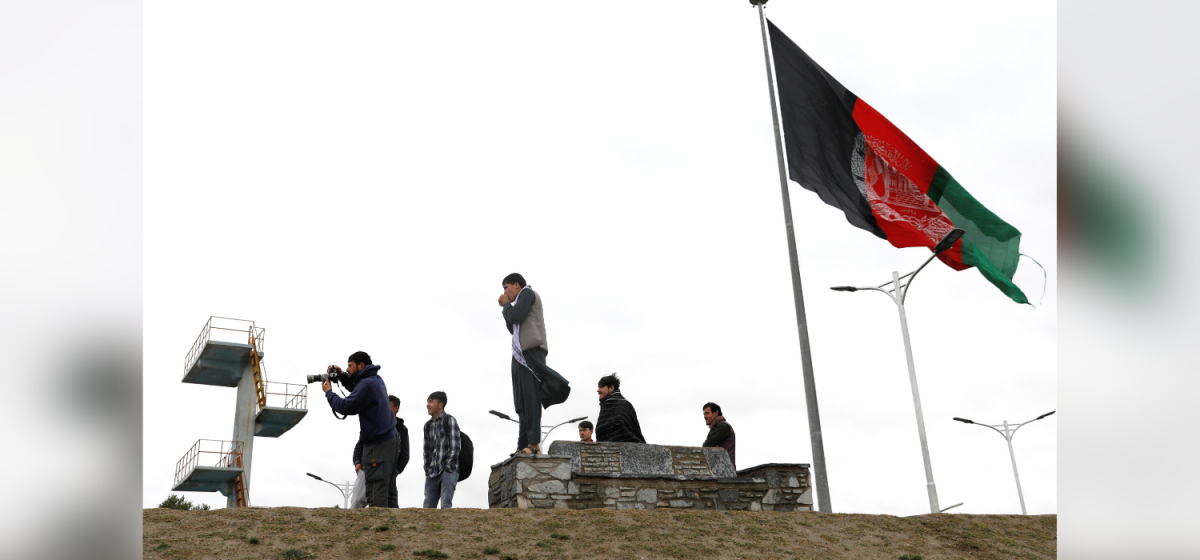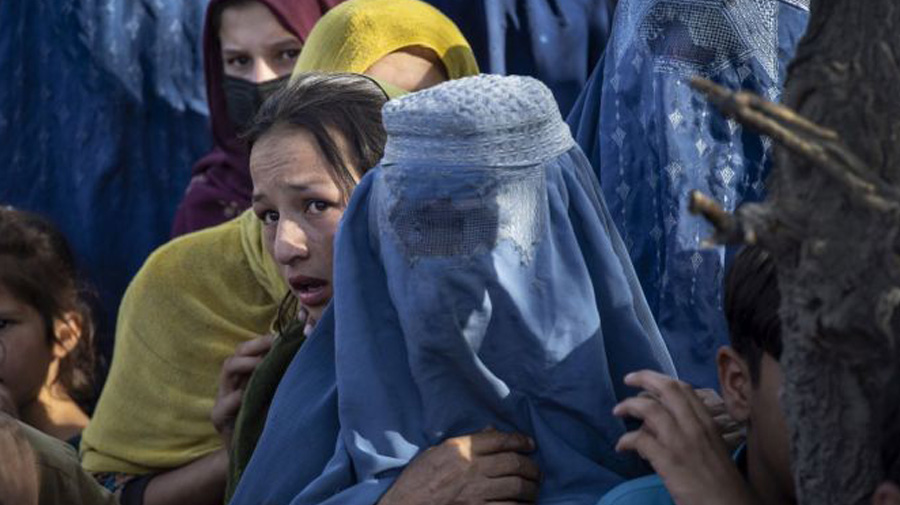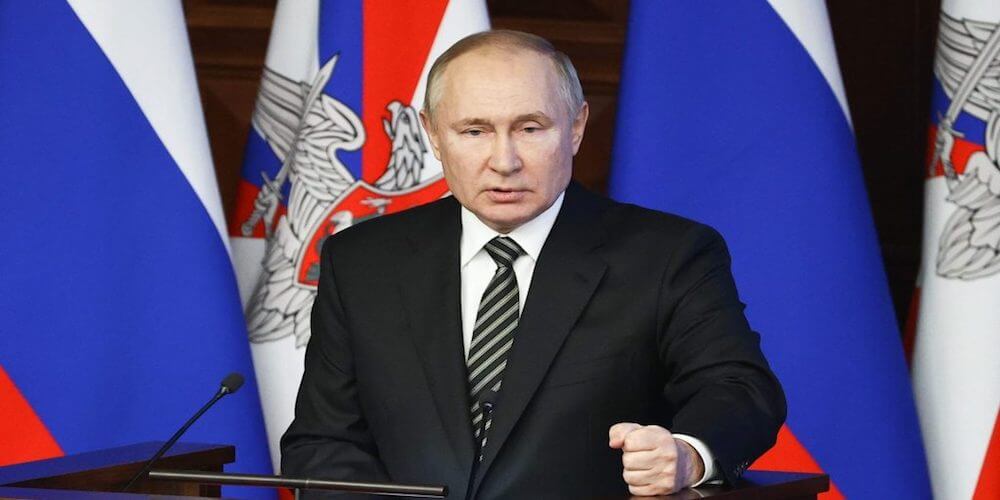A Staggering $128 Billion In External Debt, ‘Hungry’ Pakistan Seeks More Aid From ‘Old Pal’ China

Vaishali Basu Sharma
ConsultantIn the throes of a severe multidimensional crisis, cash-strapped Pakistan, whose external debt reached USD 128.1 billion (Sep 2023), has sought financial relief again from one of its largest external creditors, China.
Prime Minister Anwaarul Haq Kakar’s caretaker government has sought financial assistance of $2 billion from China for a year. Kakar’s government has requested Chinese Premier Li Qiang to roll over the debt as soon as the deposit time for the loan from China is completed on March 23, 2024.
Consuming way beyond what it produces, Pakistan remains a country that finances its growing deficits with more loans rather than increasing its capacity to produce. The country must pay billions in debt repayments over the next three years, but its foreign exchange reserves are enough to pay for only a few weeks’ worth of controlled imports.
It has managed to secure a safe deposit of a total of $4 billion in loans from China. Pakistan’s total public debt comprises both its domestic and external debt. A broad estimate of Pakistan’s debt and liabilities at the end of the last fiscal year, including domestic and foreign, totalled Rs 77.104 trillion, up from Rs 59.772 trillion the year before.
With its total domestic and external debt at $280 billion, Pakistan is accumulating PKR 14 billion in loans daily to meet its expenses, resulting in a significant rise in both. This makes every person living in Pakistan a debtor of approximately Rs 55,000! Pakistan’s External Debt can be likened to a balloon, which keeps expanding with only the possibility of bursting or deflating. In Sep 2023, Pakistan’s external debt reached 128.1 USD Billion in comparison with 124.6 USD Billion in the previous quarter. All numbers for all quarters are equally astounding.
In order to finance its expanding budget deficit and to cover the cost of repaying its domestic debt, the last Pakistan Democratic Movement government borrowed heavily from domestic sources, namely commercial banks. In the week ending on December 15, 2023, the State Bank of Pakistan (SBP) said in a statement that the bank’s total foreign exchange reserves fell to around 6.9 billion dollars “due to debt repayments.”
Pakistan has now secured the top spot among the top 10 countries with the highest external debt, amounting to $127 billion. Earlier this month, the IMF Executive Board allowed for an immediate disbursement of around $700 million, bringing total disbursements under the arrangement to Special Drawing Rights (SDR) 1.422 billion (about $1.9 billion).
Pakistan’s 9-month SBA was approved by the Executive Board on July 12, 2023, in the amount of SDR 2.250 billion (about $3 billion at the time of approval). The IMF has projected that the outlook for Pakistan “remains challenging and dependent on the implementation of sound policies.”
Pakistan had made repeated requests to Beijing to roll over the debt. In 2022, Pakistan requested China to roll over its $6.3 billion debt, refinancing it at a higher rate upon maturity in June 2023. In March 2023, China rolled over a $2 billion loan, giving some relief to Pakistan, and in July 2023, it rolled over a $1.3 billion loan that was recently paid back by the Pakistani government.
The benefit of this arrangement is that the additional Chinese loan will not reflect on the books of the federal government and will not be treated as part of Pakistan’s external public debt. While these rollovers bring short-term relief, de facto maturities of rolled-over Chinese rescue loans run longer, ultimately making Pakistan more dependent on Beijing.
Pakistan has been using the Currency Swap Agreement, a Chinese trade finance facility, since 2011 to repay foreign debt and keep its gross foreign currency reserves at comfortable levels instead for trade-related purposes. For instance, the annual financial accounts of the State Bank of Pakistan (SBP) for the financial year 2021-22 disclosed that Pakistan paid PKR36.3 billion in interest on using the $4.5 billion Chinese trade finance facility.
Pakistan largely utilised the Chinese trade finance facility to repay foreign debt and keep its foreign currency reserves at levels that could stave off panic in markets and has also requested Beijing to increase the size of the currency swap facility from $4.5 billion to $10 billion – an additional borrowing of $5.5 billion.
Chinese investments were envisioned to bring in $60 billion over 15 years. But it has made Pakistan’s economy more vulnerable, as paying CPEC debts at interest rates as high as 7% will be difficult. Western countries and international financial institutions have been closely watching Pakistan’s financial relations with China, particularly after the China-Pakistan Economic Corridor.
The article was published originally at the link below:
https://www.eurasiantimes.com/a-staggering-128-billion-in-external-debt-hungry-pakistan/amp/






.jpg)


